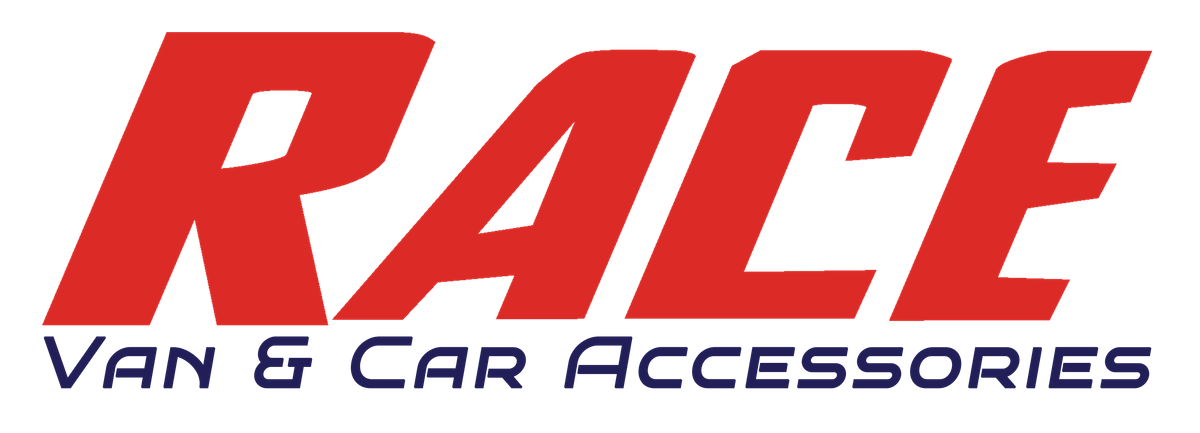[vc_row][vc_column][vc_toggle title=”How much can I tow?”]That depends on the vehicle towing capacity as specified by the manufacturer of your vehicle, this can be found in your owners manual. The capacity also depends on the rating of the towbar fitted to your vehicle. For example, if the vehicle tow rating is 2000kg and the towbar fitted to the vehicle is rated at 1200kg, you can only tow 1200kg. NEVER EXCEED THE TOW RATING THAT IS SPECIFIED BY THE VEHICLE MANUFACTURER – THIS CAN VOID WARRANTIES. Towbar rating compliance plates can normally be found on the towbar OR inside the drivers door panel.
[/vc_toggle][vc_toggle title=”Do I need brakes on my trailer?”]Trailers with a load up to 750kg do not required to be braked. Any load above 750kg requires to be braked.[/vc_toggle][vc_toggle title=”Do I need to fit a weight distribution kit to my caravan before towing?”]The weight distribution kit when fitted correctly will ensure you have an even distribution of weight from the front wheels of your vehicle to the back wheels of your van, making towing your van much more comfortable and safer. It becomes an individual choice whether or now you have one fitted.[/vc_toggle][vc_toggle title=”My anti rattle bolt is no longer stopping my hitch from rattling, why is this?”]Generally it means the rattle bolt has been tightened up whilst towing a caravan or heavy trailer, this may crush/flatten the bolt or hitch shaft preventing the bolt from doing its designed function. The anti-rattle bolt is designed to stop your hitch from rattling when it’s not attached to a trailer.[/vc_toggle][vc_toggle title=”Do I need mirrors when towing a van?”]Towing mirrors are a legal requirement if you are unable to see down the side of your caravan when towing.[/vc_toggle][vc_toggle title=”What is an Electronic Control Unit (ECU)”]ECU protection is used due to faults being registered on the cars main computer when attempting to wire up with a standard trailer loom. It provides an independent power source for the trailer electrical load without overloading or harming your vehicles electrical system.
[/vc_toggle][vc_toggle title=”What is the difference between a standard and heavy duty towbar.”]A standard towbar (Class2) has a bolt-on tongue that can simply be removed with 2 high tensile bolts. It is generally fitted for towing light trailers and bike racks. A heavy-duty towbar (class 4) has a 50×50 square removable hitch and is rated at the vehicle’s maximum towing capacity. A heavy-duty towbar is required when towing heavy loads, such as a caravan, horse float or boat.[/vc_toggle][vc_toggle title=”Do I require a rated shackle on my towbar and if so, what rating do I need:-“]Industry guidelines advise that rated d-shackles are required when towing. The rating depends on what you are towing and the tow capacity of your towbar[/vc_toggle][vc_toggle title=”How do you identify a rated shackle?”]There are four items you need to look for to identify a rated shackle 1. WLL (work load limit) 2. The rating = .75t or 1t or 1.5t or 2t 3. M4 or S6 4. coloured pin WLL = A rated shackle will have the working load limit (WLL) stamped or raised on the body of the shackle. This refers to the shackle load under constant pressure. If the rating on the shackle is 1 Tonne, this is the maximum load under constant pressure. M4 or S6 = This is the rating at braking point (braking strain). For example – if you had a 1 Tonne shackle that was stamped with M4, this indicates the shackle can take up to 4 times whatever it is rated at before it would break[/vc_toggle][vc_toggle title=”Is there ever a need to replace my towbar?”]If you do a lot of heavy towing, the towbar might need to be replaced every few years. The bar itself might go on forever, but the pins and bolts are subject to wear and tear.
- Examine all the pins regularly to make sure they are not rusty or wearing out.
- Check that all of the bolts fixing the bar to the chassis are straight and screwed in properly.
Your towbar will generally last a lot longer if you keep it clean of dust and grime and don’t try to tow weights beyond its capacity. Although there do not appear to be any specific requirements for shackles, the CIAA recommends shackles meeting the AS 2741-2002 standard be used to secure rated safety chains up to 3500kg capacity. In addition, they recommend that shackles should also have the following characteristics:
- The shackle grade is “S” or “6”.
- The working load limit is 1000kg.
- The shackle diameter is 10mm.
- Either a bow or D shackle may be used.
[/vc_toggle][vc_toggle title=”Will installing an after-market towbar effect my new car warranty?”]Car owners, especially those with new cars, are often confused by myths that are perpetuated regarding the use of so called Genuine Parts and Accessories and the requirements for maintaining a warranty. Fear of voiding the manufacturer’s warranty on the vehicle may prompt consumers to purchase dealership ‘preferred’ accessories, despite the fact that, in many cases, this product could be identical to an aftermarket supplier branded product or that the aftermarket product may be of superior quality. Car manufacturers are required to fix manufacturing faults on vehicles during the warranty period, and the fitment of quality accessories and vehicle upgrades does not affect this obligation unless the modification caused the fault. >The AAA Guide to Vehicle Modifications[/vc_toggle][/vc_column][/vc_row]
